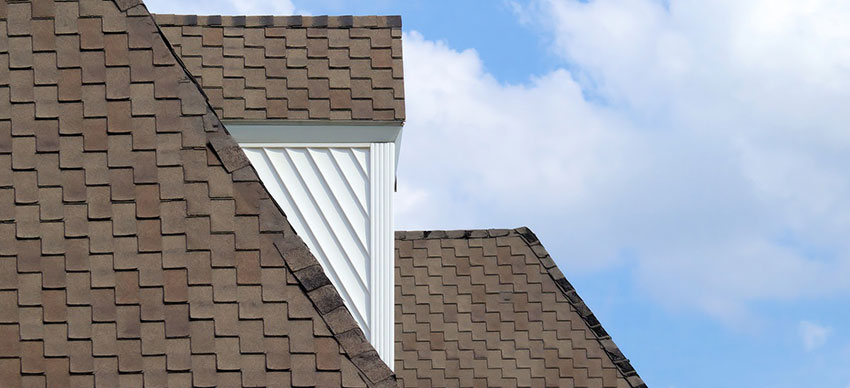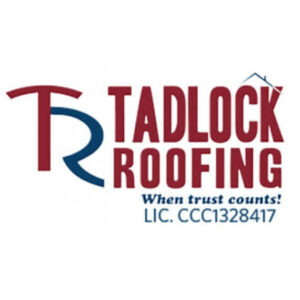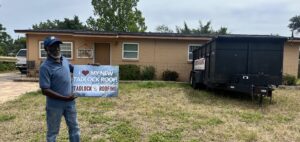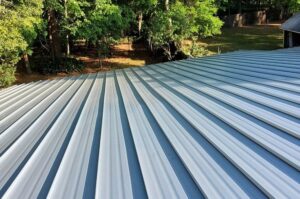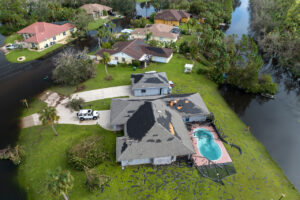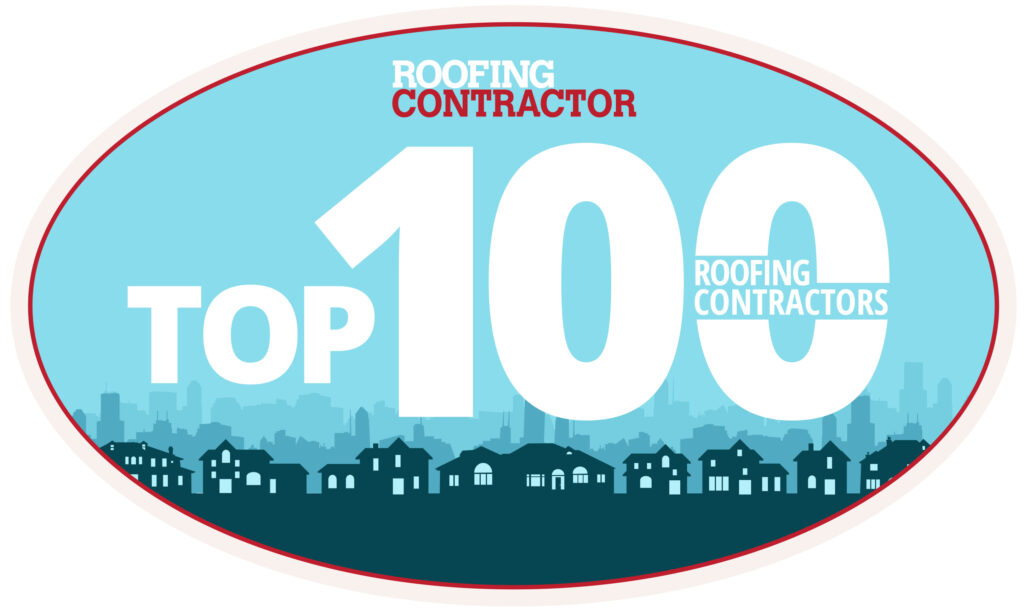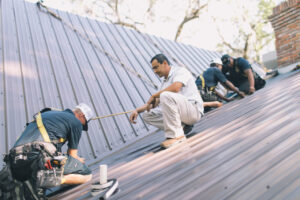No roof lasts forever, especially in harsh Florida climates, but there are ways to estimate how long your current roof should last. When estimating the lifespan of your roof, it’s important to take into consideration the state of your roof, especially if you’re not sure when or how it was installed. Quality is important, too; the better the materials, the longer your roof will last.
The lifespan of a roof in Florida may not be as long as national estimates due to the extreme heat and moisture in the Sunshine State. For example, Florida experiences frequent rain showers during the summer. Over time, this can wear on your roof, more so than in drier climates. Corrosion can also be a problem in Florida, especially near coastal areas, because the humidity affects the metal fasteners that hold a roof together.
If you’re planning to sell or refinance your home, it’s important to keep in mind the age of your roof. If your roof is more than 20 years old, even if there is no visible damage, you may not be able to renew your homeowner’s insurance, and it’s unlikely that a prospective buyer could find a company willing to insure the home either. Therefore, replacing your roof may be your only option. If the roof does become damaged, some policies will only cover what the roof is worth at the end of its life span.
While age is a big factor, roofing systems generally last longer when they are regularly maintained by professionals. Homeowners can avoid serious roofing problems by catching smaller problems before they escalate into more serious issues. It’s important to have a professional inspect your roof annually, but there are certain signs that your roof may be reaching the end of its life.
- Shingles are curling and buckling: When shingles on your roof begin to appear uneven, the roof is exposed to damaging elements. On a newer roof, this problem can be a result of improper instillation.
- Roof valleys: A roof valley is created where two slopes on your roof meet. Valleys control rain flow, making them a prime target for roof leaks. A problem occurs when shingles are missing or falling apart in these areas and the valley can no longer control the flow of water. Pooling water and debris in a valley can cause roof rot and leaks.
- Shingles granules in the gutters: If you notice pieces of shingle coating in your gutters, this is another sign they are being worn away.
While every roof has an expected lifespan, there are steps you can take to extend its life, including the following:
- Clean the gutters: When there are too many leaves in your gutters, water can leak into roof sheathing, causing it to rot. It’s important to clean your gutters every fall and spring. You can do the cleaning yourself, or hire a professional.
- Remove leaves: If you have trees surrounding your home, it’s likely your roof will accumulate piles of leaves and other debris. These leaves can trap moisture on your roof, damaging it in the process. If you decide to remove the debris yourself, use a leaf blower or garden hose. Avoid pressure washing as it can damage the shingles.
- Trim overhanging branches: Trimming branches from nearby trees can go a long way in extending the life of your roof. Tree limbs falling on a roof can damage shingles, or worse. Close branches also allow squirrels and other rodents easy access to your roof. As a general rule, branches should be at least 10 feet away from your roof to avoid these issues. For your safety, consider hiring a professional tree service to trim any unwanted branches.
If you need a roof inspection, or suspect that your roof might be overdue for some repairs or replacement, email us at office@tadlockroofing.com or call us toll-free at 855-964-7663.

